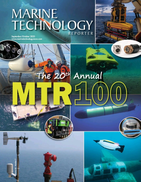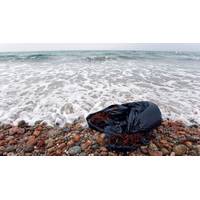
New Report Emphasizes Dangers of Plastic Pollution, Announces Global Monitoring System
ground that will enable meaningful and effective international cooperation in response to this global crisis.”The Lancet Countdown on Health and Plastic was funded primarily by the Minderoo Foundation. Additional funding and in-kind support are provided by Boston College, the Centre Scientifique de Monaco and Heidelberg University, and two workshops held to develop the Countdown were supported by the Centre Scientifique de Monaco and The March Foundation, in conjunction with the Woods Hole Oceanographic Institution. Minderoo, including any of its benefactors, Boston College, the Centre Scientifique
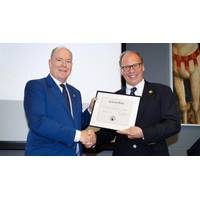
WHOI Presents Centennial Medal to His Serene Highness Prince Albert II of Monaco
The Woods Hole Oceanographic Institution (WHOI) presented His Serene Highness Prince Albert II of Monaco with its inaugural series Centennial Medal, in recognition of his extraordinary work to raise awareness, inspire action, and advance ocean science and technology for the global good. The award was made at the third United Nations Ocean Conference (UNOC), currently underway in Nice, France.His Serene Highness has demonstrated his passion for conservation through the establishment of foundations that confront global environmental challenges head-on by raising funds, initiating action, establishing
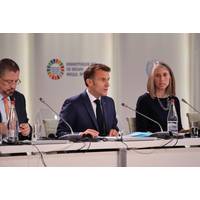
Oceans Protection Treaty Could Take effect from January
now and we won’t let the U.S. absence stop that from happening."Ocean experts have also seized on the conference as an opportunity to rally investment for the ocean economy, which has long struggled to attract sizeable funding commitments.At a two-day gathering of bankers and investors in Monaco over the weekend, philanthropists, private investors and public banks committed 8.7 billion euros over five years to support a regenerative and sustainable blue economy.Investments in ocean health totalled just $10 billion from 2015-2019 - far below the $175 billion per year needed, the U.N. has
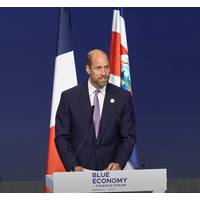
UK's Prince William Calls for Urgent Action to Protect Oceans
said rising sea temperatures, plastic pollution and overfishing were putting pressure on fragile ecosystems and the people who depend on them."What once seemed an abundant resource is diminishing before our eyes," William, heir to the British throne, told the Blue Economy and Finance Forum in Monaco."Put simply: the ocean is under enormous threat, but it can revive itself. But, only if together, we act now," he told the meeting of investors and policymakers.This week's U.N. conference aims to get more countries to ratify a treaty on protecting ocean biodiversity which currently
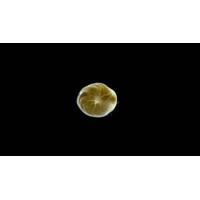
Ocean Acidification: Warming’s “Evil Twin”
the report points out that changes in deep-ocean pH are irreversible on centennial to millennial time scales.New ways of studying ocean acidification are being developed including the use of nuclear and isotopic techniques by the International Atomic Energy Agency’s environmental laboratories in Monaco.Ocean acidification has now increased by around 30% compared to pre-industrial levels. This has occurred over several hundred years - an instant for the geological record.The geological record could hold some important information for today’s situation, and a recently released study in Evolving
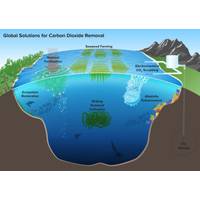
Carbon Dioxide Removal (CDR) ... To Clear the Air, Look Beneath the Waves
a competitive and effective CDR technique, Oceans 2050 is conducting a study to better understand the process and the rate at which carbon dioxide is removed from the atmosphere. The study, which covers 20 farms in 12 countries, is nearly complete, with results to be announced at the end of March during Monaco Ocean Week. With the study results, Boyce shares, “We intend to submit a carbon credit methodology, and generate Verified Carbon Standard carbon credits for the carbon sequestration work our partner farmers are already doing.” And the future of seaweed farming for CDR looks bright. &ldquo
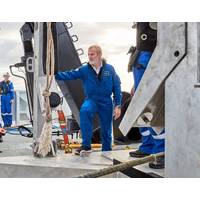
Winners of Captain Don Walsh Award for Ocean Exploration Announced
,” said Judith Patten MBE, president of the SUT.Following the well-documented Five Deeps Expedition dives in 2019, further dives have taken place. In 2020, Vescovo partnered with the French Navy to dive on the wreck of the submarine Minerve, and with the International Hydrographic Bureau and the Monaco Blue Initiative to explore the deepest spot in the Mediterranean. He then partnered with the King Abdullah University of Science and Technology (KAUST) in Saudi Arabia to conduct scientific dives to the unique brine lakes at the bottom of the Red Sea.Vescovo has mapped over 1 million square kilometers
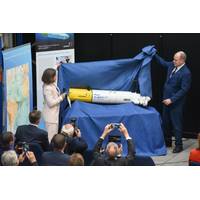
Prince Albert II of Monaco Christens Geomar's New AUV
Prince Albert II of Monaco on Thursday today christened the new autonomous underwater vehicle "Albert I. de Monaco" at GEOMAR Helmholtz Centre for Ocean Research Kiel.The AUV “Albert I de Monaco” was built by IQUA Robotics in Spain. It is about 1.5 meters long and can dive up to 200 meters deep. Being equipped with various sensors, including a side-scan sonar and an oxygen sensor, the device can be used both for measurements in the open water and for seafloor mapping. "With the new vehicle, we want to support research projects near the coast in particular, but also
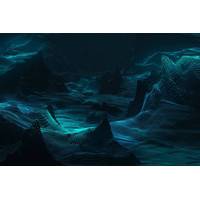
Shell Ocean Discovery XPRIZE Livestream
On Friday, May 31, the Shell Ocean Discovery XPRIZE awards event will be livestreamed from Monaco where the winners of the $7 million global ocean mapping competition will be revealed.The three-year competition challenged teams to advance deep sea technologies for autonomous and unmanned, fast and high-resolution ocean exploration.Tune in here at 1:30 p.m. (ET) to see the overall and NOAA bonus prize winners announced.

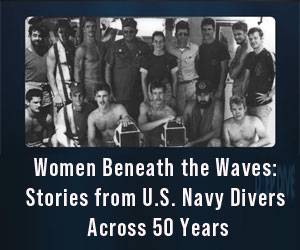
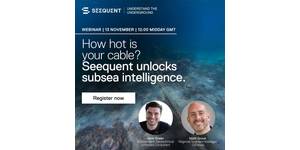
 August 2025
August 2025


